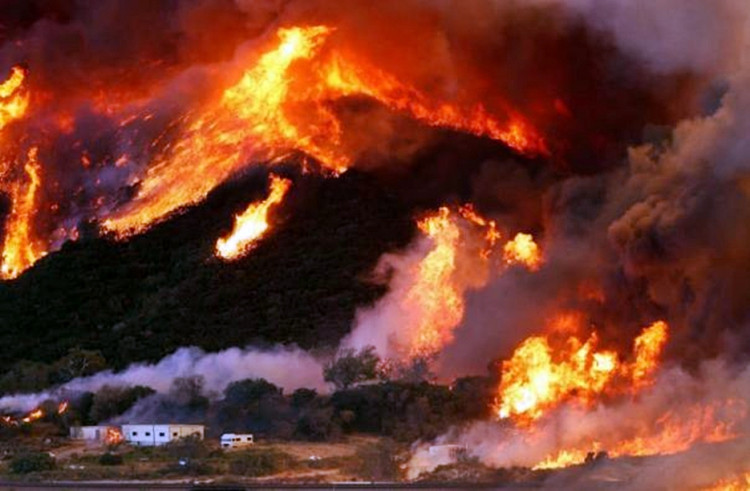Of the world's cities most threatened by environmental and climate-related dangers 37 are in China, according to a study by international research company Verisk Maplecroft.
The report says "companies operating and investing in Asian cities are going to face an increasingly stiff test to their resilience...(with) 99 of the world's 100 riskiest cities in Asia, including 37 in China and 43 in India," according to the company's head of environment and climate change research Will Nichols.
"The picture changes when looking solely at the impact of natural hazards and the exposure of economies, populations and transport infrastructure. Asia is still most at risk, but the cities are different. Topping the list are flood-prone Guangzhou and Dongguan, followed by Osaka, Tokyo and Shenzhen, which face a host of threats from earthquakes to typhoons.
"Data reveals Jakarta is the riskiest city, but across the globe 414 cities - with over 1.4 billion inhabitants - are deemed to be at high or extreme risk from a combination of pollution, dwindling water supplies, extreme heat stress, natural hazards and vulnerability to climate change. With rising emissions driving weather-related risk and populations growing in many cities across the developing world, the risks to citizens, real assets, and commercial operations are only going to rise."
Companies and investors with a concentration on assets such as real estate can't just pick up and relocate to safer cities, it said. No cities are entirely risk free but business needs to assess risk to be best placed to overcome disruption from chronic climate risks and significant natural hazard events.
The report says cities in India are on the front line of environmental risks. "India has 13 of the world's 20 highest risk locations. The capital, Delhi, is rated as the second highest risk city globally."
It adds that India is most at risk from pollution. It says cities in India make up 19 of the 20 most at risk in the company's air quality index. "Noxious air caused almost one in five deaths in India in 2019, resulting in economic losses of $36 billion. Meanwhile, water pollution is responsible for almost $9 billion in annual health costs and causes 400,000 deaths each year.
Jakarta is also plagued with dire air pollution, the report says but this is compounded by earthquakes, volcanoes and flooding. "It is also subsiding at such a rate that Indonesia's president Joko Widodo is seeking to relocate the capital."
"The 'airpocalypse' in urban areas across China and India is well documented, but high levels of water pollution go more under the radar. Together, China and India account for 286 million of the 336 million people living in cities at extreme risk for pollution; include high-risk cities and their total rises to 642 million."
A significant danger for many cities is how climate change will multiply weather-related risks. Higher temperatures and the increasing severity and frequency of extreme events such as storms, droughts and flooding will probably change the quality of living and economic growth prospects of a large number of locations.
The report advises companies and investors to put their money in Europe if they want to be safer from environmental risks. The continent is home to 14 of the 20 least risky cities.
"But companies can't simply move to Europe: they need to consider factors such as the labor market, security, the human rights situation and government support to name just a few."






